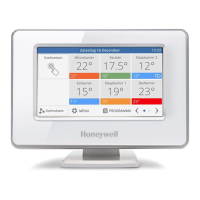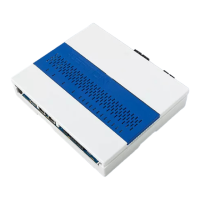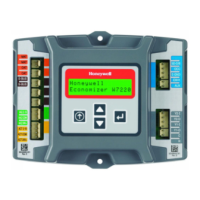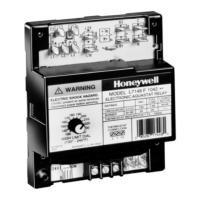ENGINEERING MANUAL OF AUTOMATIC CONTROL
BUILDING MANAGEMENT SYSTEM FUNDAMENTALS
189
PEER COMMUNICATIONS PROTOCOL
Peer communications protocol has the following advantages
over poll/response communications protocol:
— Communication not dependent on a single device as the
master.
—Direct communication between bus-connected devices
without going through the BMS central processor.
—Global messages transmitted to all bus-connected devices.
In peer communications a time slot is automatically passed
from one bus-connected device to another as the means of
designating when a device has access to the bus. Since the
time slot passes in an orderly sequence from one device to the
next, the communications network is sometimes termed a ring.
However, the bus is not necessarily physically looped nor are
the devices physically connected to form a ring. Any device
on the bus can be designated as the first to receive the time
slot, and any other device the next to receive it, and so on.
COMMUNICATIONS MEDIA
The most common choices for BMS transmission trunks are:
—Twisted copper pairs
—Fiber optic cable
— Common carrier telephone channels
The media best suited for a given installation depends on
the signal, cost, geographic layout, and the possibility of line
interference.
TWISTED COPPER PAIR
Twisted pair copper conductors ranging from 16 to 24 gage are
the most commonly used and the best economic choice as the
communications media for single building applications. Bus
lengths up to 4000 feet are common without use of extenders or
repeaters. When repeaters are used, extensions up to three or four
times this distance are possible. Serial bus and star wiring
configurations (Fig. 2 and 3) permit efficient wiring layouts.
Fig. 3. Typical Star Wiring Configuration.
FIBER OPTIC
Fiber optic transmission media is particularly suited to
installation in an environment that interferes with
communications, such as high electrical interference or
frequent electrical storms. The disadvantages of fiber optic
transmission are the cost and lack of industry standards. Fiber
optic links are most often found between buildings.
PHONE LINES
Common carrier telephone channels link distant buildings.
Telephone line transmissions require either full time dedicated
phone lines or automatic dialing through modems (Fig. 4).
COMMUNICATIONS
BUS
BMS
CENTRAL
C1863
SYSTEM/ZONE
LEVEL
CONTROLLER
SYSTEM/ZONE
LEVEL
CONTROLLER
SYSTEM/ZONE
LEVEL
CONTROLLER
Fig. 2. Typical Serial Bus Wiring Configuration.
COMMUNICATIONS
BUS
BMS
CENTRAL
SYSTEM/ZONE
LEVEL
CONTROLLER
C1862
SYSTEM/ZONE
LEVEL
CONTROLLER
SYSTEM/ZONE
LEVEL
CONTROLLER
SYSTEM/ZONE
LEVEL
CONTROLLER
SYSTEM/ZONE
LEVEL
CONTROLLER
PHONE LINE
INTERFACE
PHONE LINE
INTERFACE
MODEM
OPERATIONS-LEVEL
PROCESSOR
SYSTEM/ZONE
LEVEL
CONTROLLERS
MODEM
C1864
REESTABLISHED
TWISTED PAIR
COMMUNICATIONS
LINK
Fig. 4. Dialup to Remote Controllers.

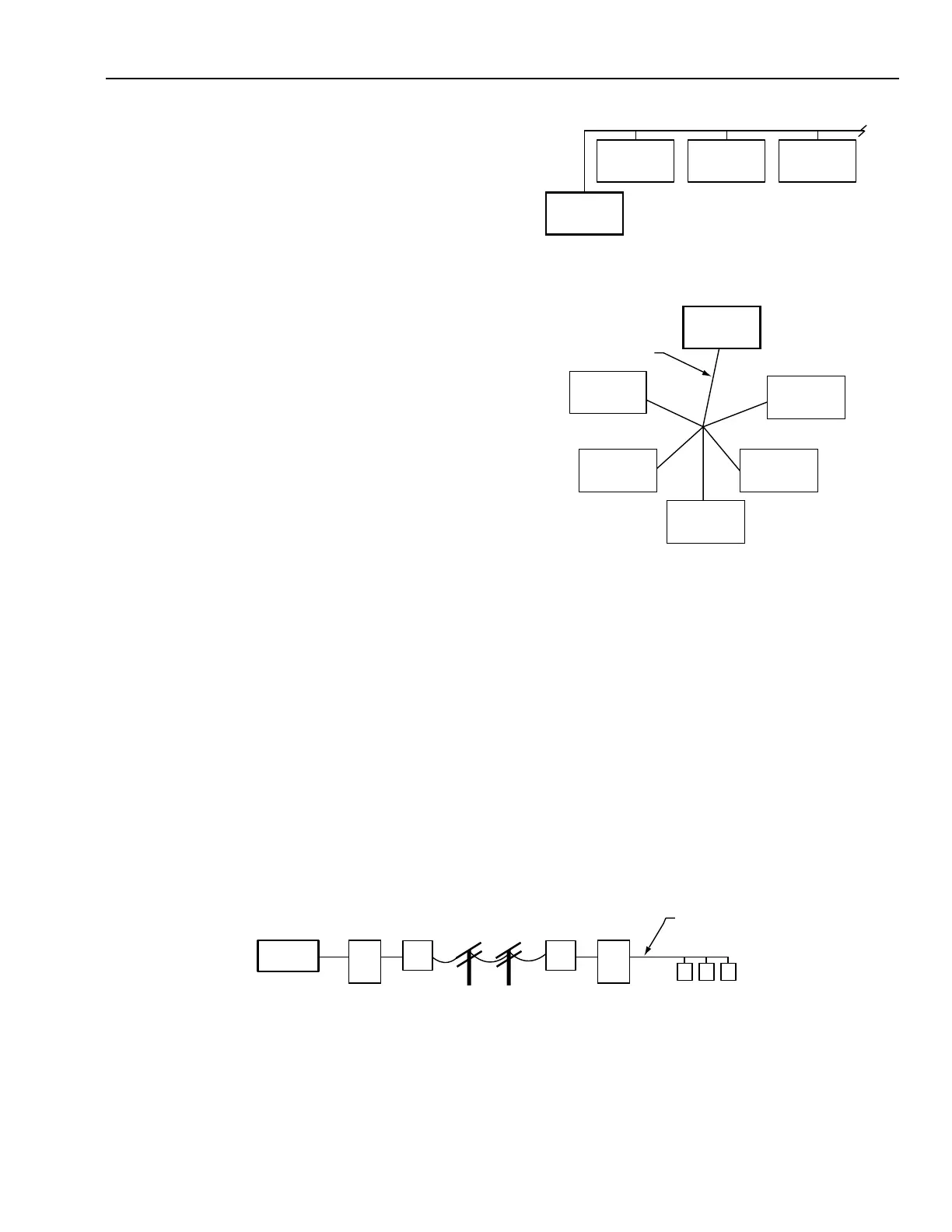